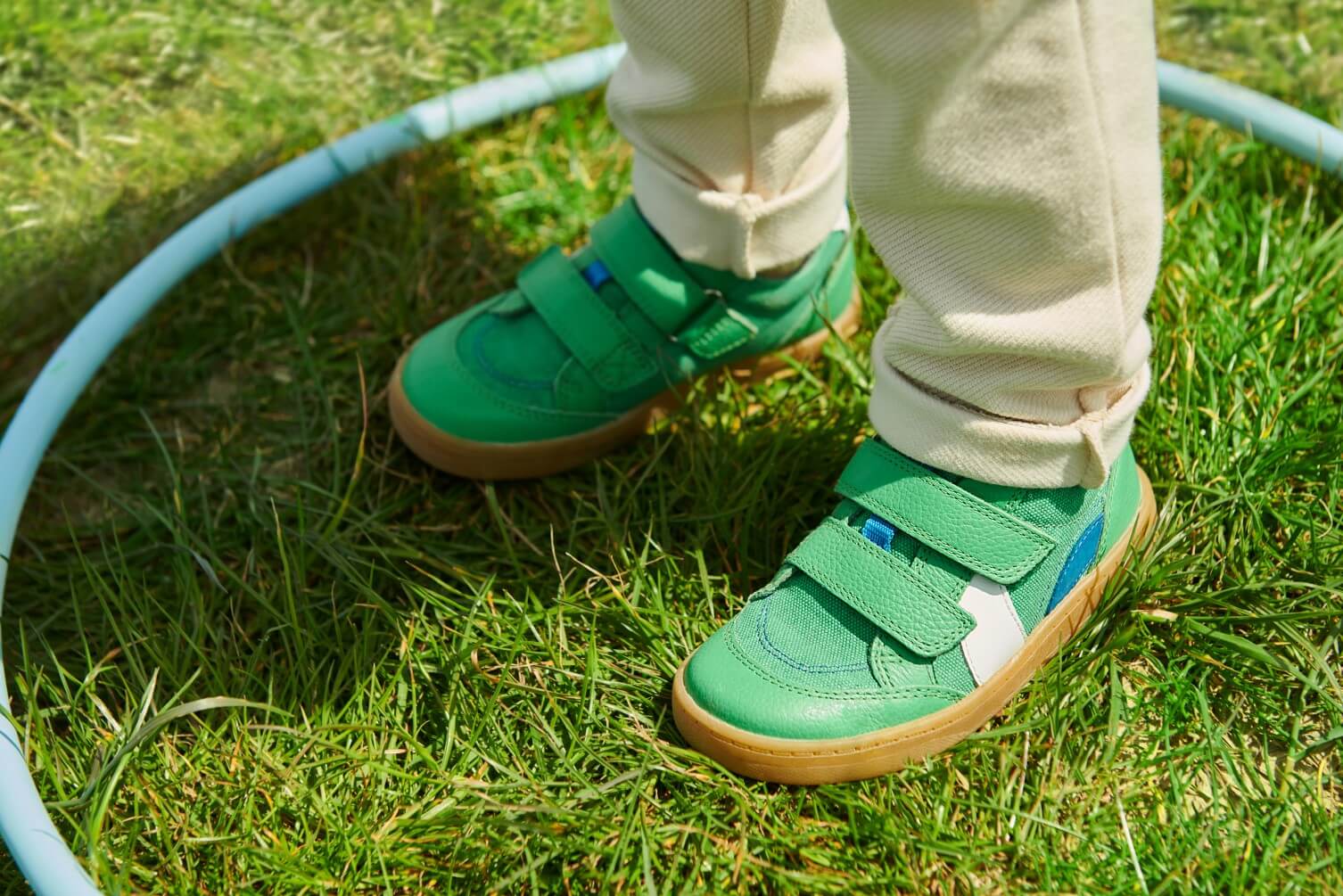
Childrens’ bodies grow and change at their own rate, especially as they turn into teenagers and puberty kicks in. Knock knees are no different. These are a natural part of a child’s development and are more often than not nothing to worry about. However, if you’re concerned, keep reading to find out more about what knocked knees are and their potential causes and effects.
Typically, when you stand with your knees together, your ankles touch. If there is a gap, this is called genu valgum - or more commonly referred to as knocked knees. According to the NHS, knock knees are most common in younger children between the ages of three and six and tend to follow bow legs in their gait development. Knock knees can last until adolescence, but usually self-corrects as children grow and develop stronger bones and muscles. However, it can appear in older children and some adults.
One easy way you can help your child with knock knees is to ensure they wear appropriate footwear to support their development. Children especially need sturdy school shoes to help their legs and feet form properly whilst they’re running and playing at school. Very occasionally, your child may need some physio to help strengthen their knees, and improve their overall mobility - if this is the case, you'll have a referral from your doctor.
As we mentioned before, knocked knees are a normal part of a child’s development. According to Boston Children’s hospital, an inward tilt at the knees can help children to balance as they age and become more active. This stance can also assist with balance if their feet turn inward (pronation) or outward (supination). This is natural, and research done by the same institute suggests that up to 99% of cases of knock knees resolve on their own by the age of seven.
Rarely, knock knees can be a symptom of something more serious, like:
However, as we said, these situations are very rare. If you’re ever at all concerned, speak to your doctor for further (and personalised) advice.
As previously mentioned, most of the time your child will grow out of having knock knees as they get older and their joints strengthen. However, sometimes they may need additional measures to help straighten out their legs.
This is usually through a referral to a physiotherapist. Your child will be given a range of exercises designed to strengthen the muscles and ligaments in their legs over time.
Alternatively, you may need to see a podiatrist about your child’s feet. They can offer solutions like insoles or refer you for more tests. In cases of rickets, your child will typically be prescribed additional vitamin D and calcium supplements and monitored over time.
Very rarely, your child may need surgery to help correct their knock knees. For this option, small metal plates are placed on the inside of the knees to help straighten out the joints and correct their growth over 12 months. This is called ‘guided growth’, and the plates are removed at the end of the treatment. An osteotomy, where a thin shard of bone is removed to realign the bones, is more commonly used to treat knock knees in adults who have finished growing.
The vast majority of the time, knock knees are nothing to worry about. Children usually grow out of them as their bones and muscles strengthen and their legs straighten.
However, in rarer cases knock knees can be a sign of something more serious. The NHS recommends contacting your GP in the following circumstances.
These situations don’t necessarily mean something is wrong, and your child may just need some extra measures to support their development. If you’re worried, speaking with a doctor can help you decide on the best way to help your child grow and implement any treatment plans if necessary.
Author: Click Consult, published 31-07-2023.